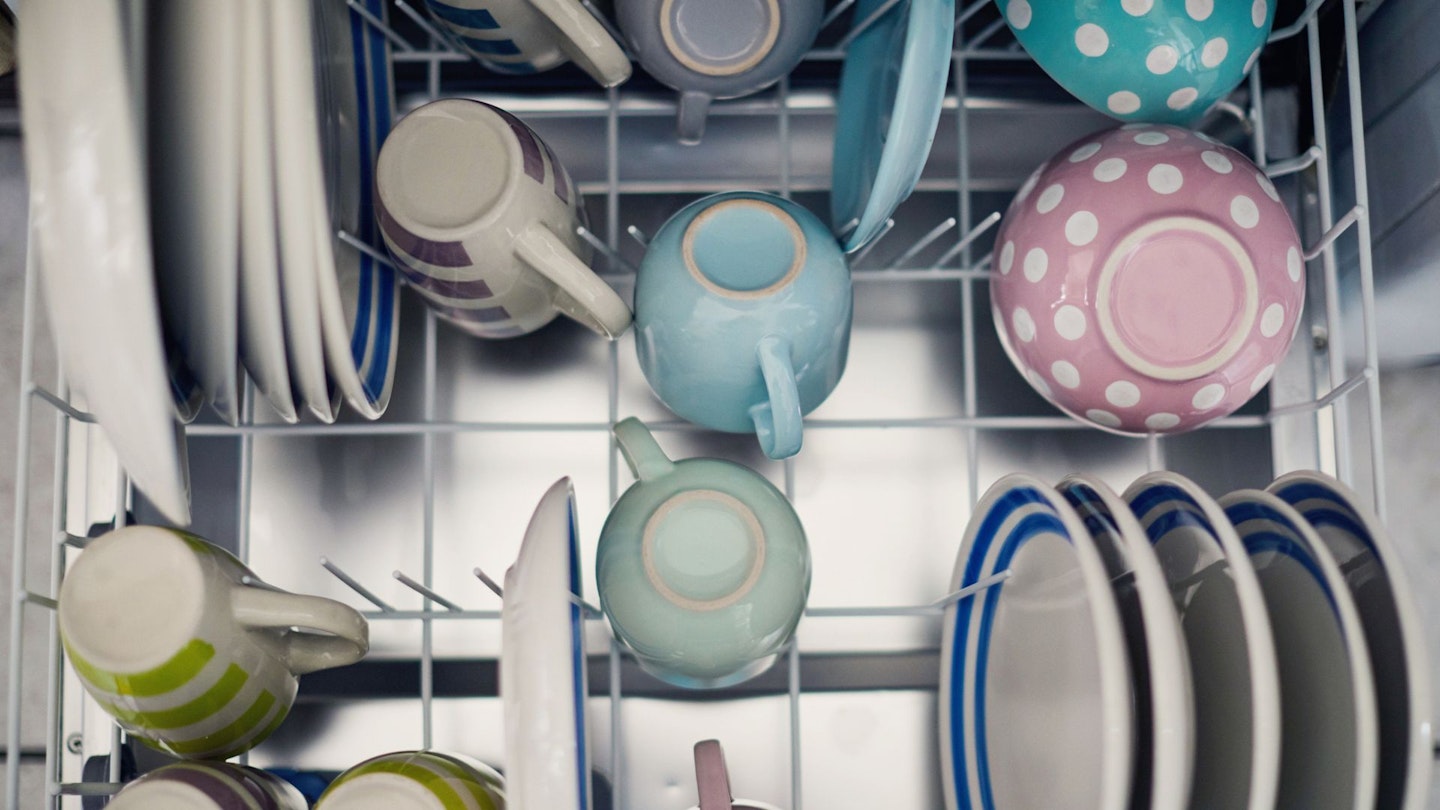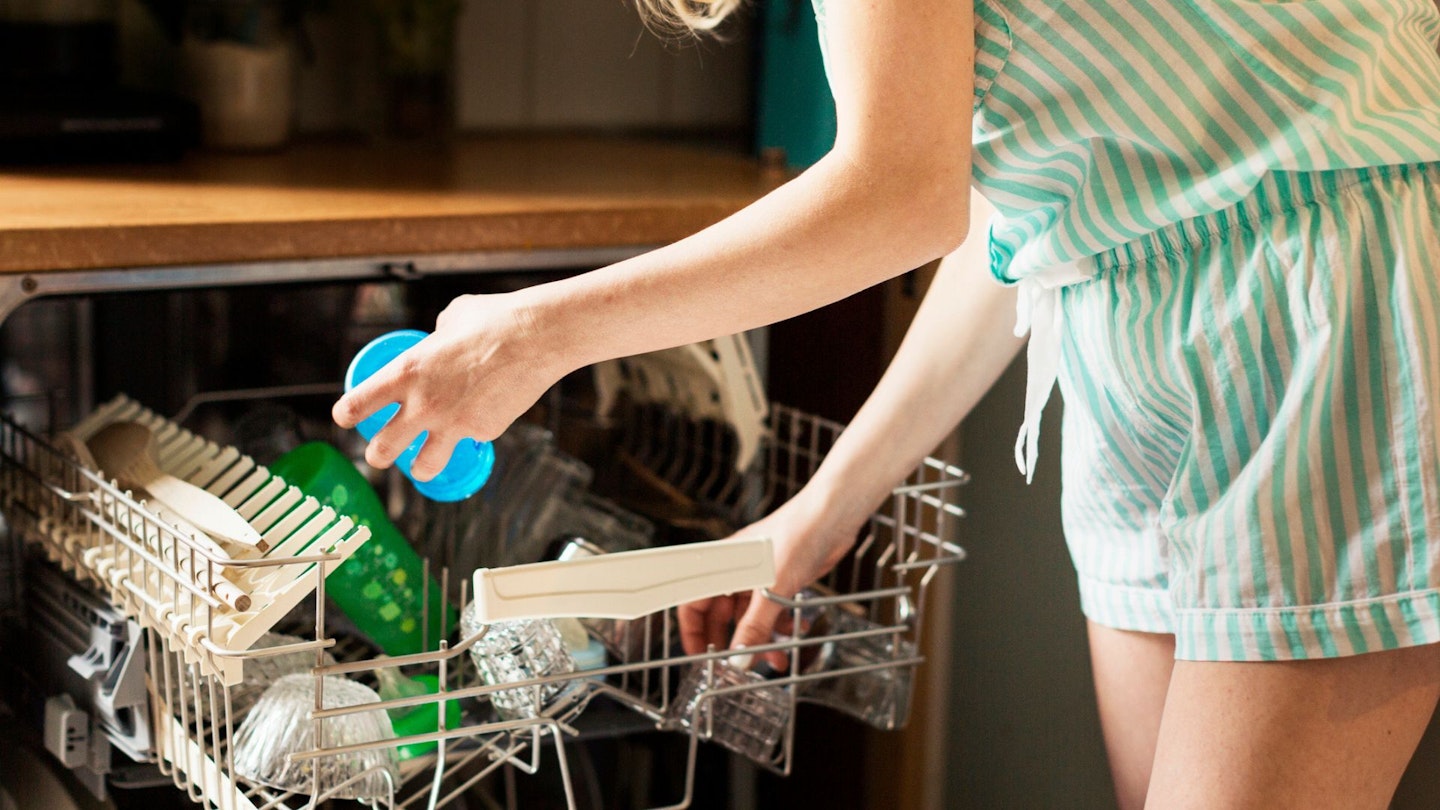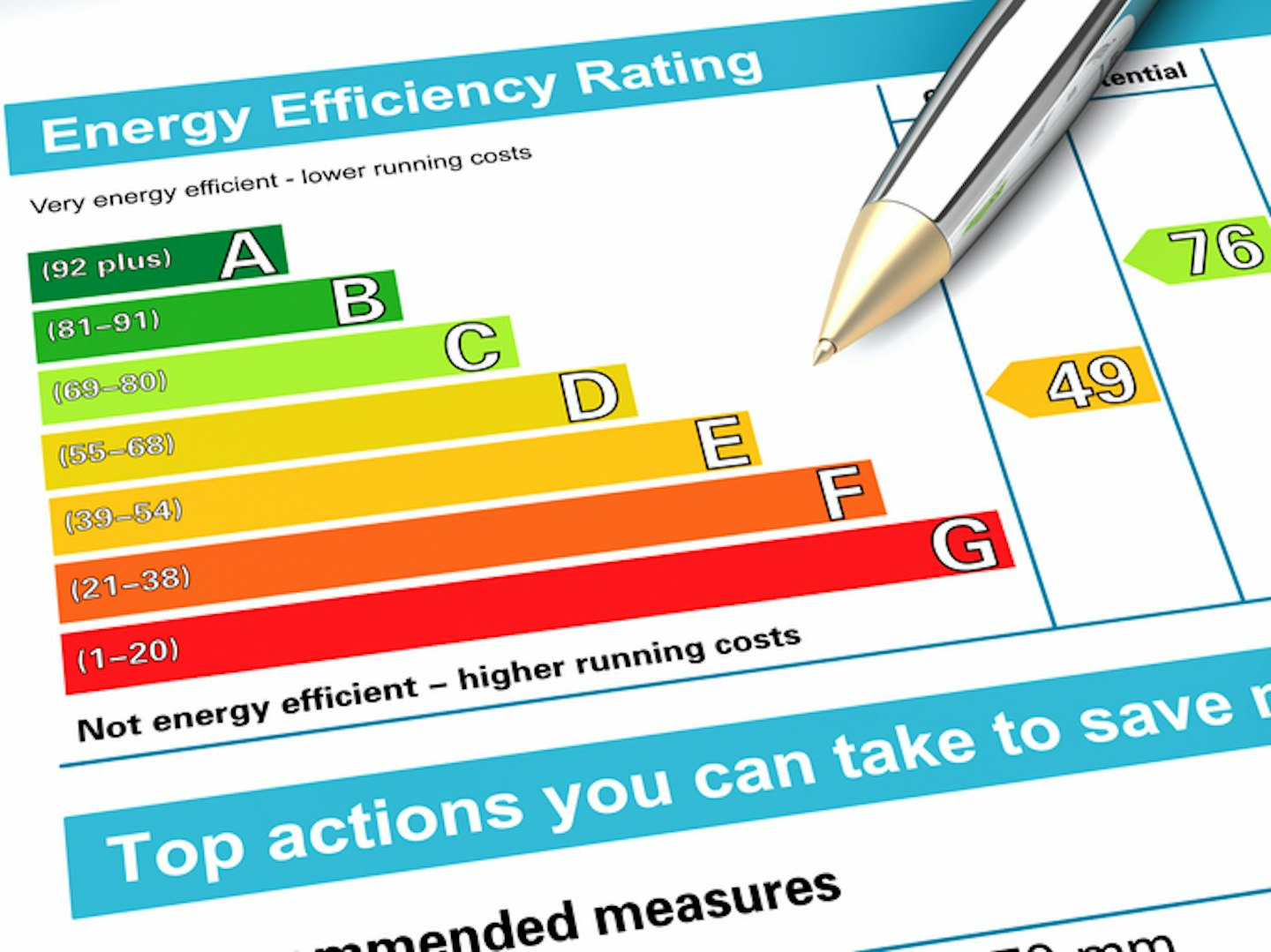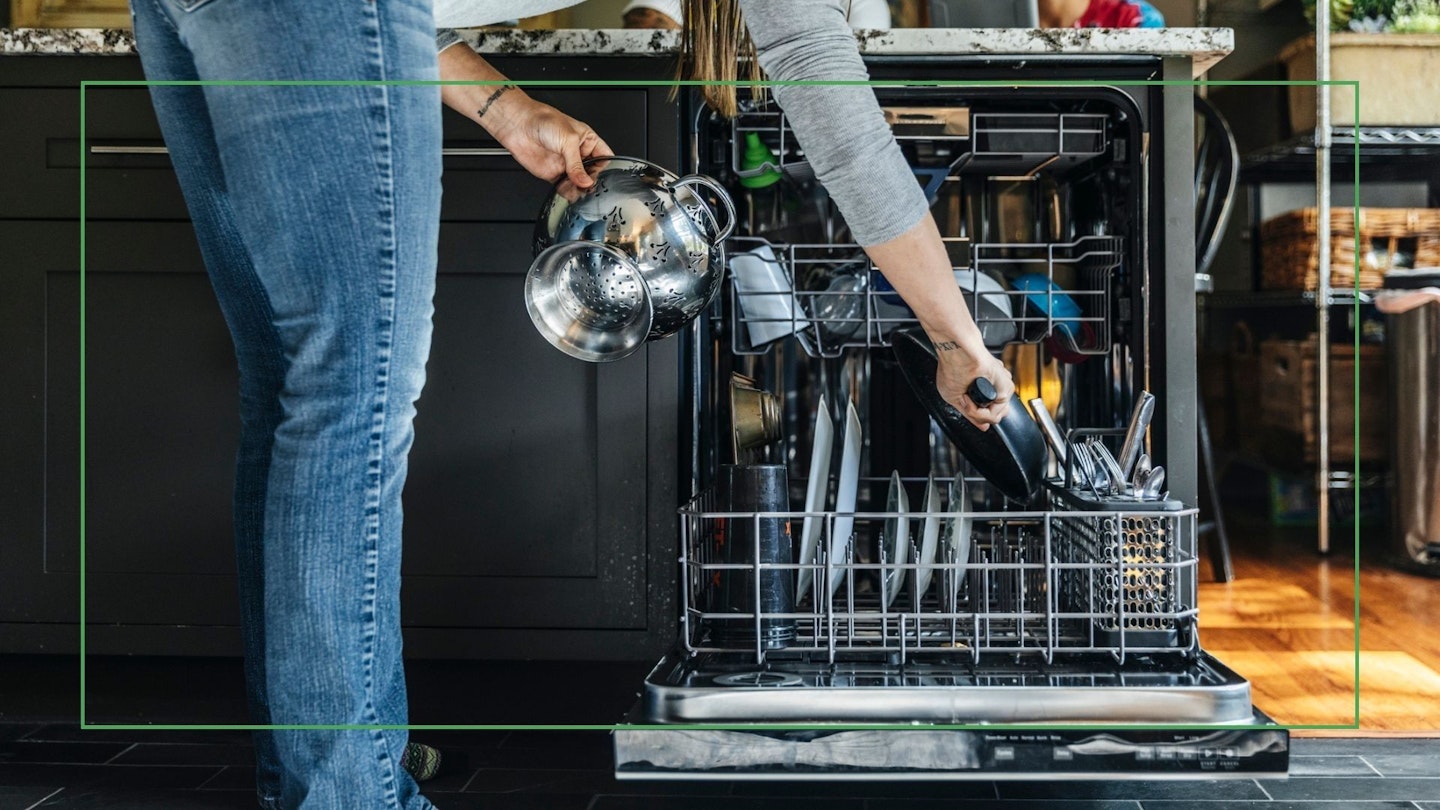Once you’ve become accustomed to a dishwasher, it’s hard to defend handwashing. If anything, a dishwasher is immensely superior, boasting accessibility, convenience, and the perfect addition to a busy household. Simply, pack everything in, add some detergent, close the door, and press a few buttons. Keeping your kitchen tidy and free of crockery has never been easier.
Of course, you may not feel the need for a dishwasher. And that’s OK – not every household is suited to one. But, if you’re always on the go and find it hard to spare time for handwashing everything after mealtime, you might want to consider investing in this useful appliance.
When choosing your dishwasher, you need to consider what functions and features suit your lifestyle best, your kitchen space and your budget. You can snap up a budget dishwasher from £200 or pay over £1,000. So, it’s great to know that there is so much variety out there – and price points.
If you’re looking for some extra help in the kitchen – or need a new addition to your kitchen, we’ve put together a buyers’ guide to dishwashers. The question is: which dishwasher works for you?

Dishwasher Types
Freestanding Dishwasher
A freestanding dishwasher comes with a door as part of the appliance and doesn’t need to be fitted with a kitchen cabinet door. They’re available in different finish options and come in standard sizes.
Pros
Cheaper
Easier to Install & Replace
Better for Renters – you can take it with you if you move house
Cons
Don’t always look as good
Not very sleek
Typically noisier
Integrated Dishwasher
However, if you’re looking for something you can fit behind a door and not stand out in the design of your kitchen, you will need an integrated dishwasher.
Generally, an integrated appliance has your kitchen cabinet door attached to the front of the appliance. So, this makes the dishwasher look like it’s 'built into' the kitchen furniture and gives a kitchen a very sleek and ‘uninterrupted’ look – which some people prefer.
Pros
Quieter
Sleek, Seamless
Cons
Not great if you’re moving house
Generally more expensive
Need to remove/re-attach the door if you ever need to change your appliance.
There are two types of integrated dishwashers: fully or semi-integrated.
Semi-Integrated
A semi-integrated dishwasher has a shorter kitchen cabinet door attached to the front.
This leaves a strip exposed at the top. Why? This strip is where the control panel is usually found. So, you don’t have to open the door to operate this dishwasher.
Fully Integrated
On the other hand, a fully integrated dishwasher is completely hidden. This means that the control panel is found inside the dishwasher - and is only accessible when the dishwasher has been opened.
Slimline Dishwasher
Whereas a standard dishwasher is around 60cm in width, a slimline dishwasher can measure around 45cm in width. So, that’s considerably smaller and ideal if you can’t spare too much space. Though it does seem a little small, generally, you can load around nine place settings.
Pros
Better for Smaller Kitchens
Cons
Small Capacity
Compact/Table-Top Dishwasher
If you’re lacking space in your kitchen, or you’re renting – and need some extra help, why not think about a counter or table-top dishwasher. They’re compact, efficient and ideal for a smaller household that doesn’t want to invest in a brand, new pricey dishwasher. However, you made need to add and drain the water yourself, but there are some that can connect to your tap.
Pros
Small, Compact
Pack Away when Done
Great for Renters
Cons
Need Counter Space
Not as Energy Efficient
Add/Drain Water Yourself

What to look for when buying a dishwasher
Size and Capacity
Depending on the size of your household, you might want to opt for a dishwasher with a larger capacity. Though it may seem obvious, the capacity of a dishwasher can often be determined by the width and depth of this appliance. In fact, the capacity is usually measured in place settings.
To clarify, one 'place setting' is made up of ten items. For example, a place setting could be a dinner plate, side plate, saucer, bowl, coffee cup, drinking glass, knife, fork and two teaspoons.
Standard Sizes for Dishwashers:
Slimline Dishwashers generally have a width of 45cm, so can hold around 9-11.
Regular Dishwashers are wider, with a width of around 60cm, with the ability to hold 12-15.
When choosing your dishwasher, make sure to look at the dimensions and place setting capacity.
Energy Rating
The EU’s standardised method of categorising appliances by energy efficiency is now common practice amongst most brands.
The energy ratings were revised in 2021 to ensure there was space left on the scale for improvement. On the old energy efficiency scale, appliances were rated between A+++ to D. But with modern technology, most appliances were maxing out the scale. The new energy ratings now go from A to G and are much less confusing.
You’ll find now that there are much fewer A and B-rated appliances. Those that were previously A+++ may now be an F. This is to give the opportunity for higher ratings in the future and encourage manufacturers to make their machines even more sustainable.
Remember though, to achieve the lowest energy and water consumption per load, the machine should be full. Unless there is an eco-wash setting, of course.

Style and Design
The look of your dishwasher is completely up to you and down to personal preference. Prioritising aesthetics in your search? Dishwashers can be convenient and efficient - as well as stylish and chic.
Integrated dishwashers are a great option if you prefer a kitchen that feels uninterrupted and not cluttered by different colour appliances. However, they are generally more expensive.
On the other hand, there are plenty of styles if you opt for a freestanding model. Stuck on what to go for? Think about the existing theme, aesthetic or colour palette in your kitchen. For example, if your other appliances are black, you may want to get a dishwasher to match.
Budget
Often, dishwashers are seen as a luxury appliance that most households can’t afford to buy, let alone run. Further, handwashing is seen as the cheaper and more practical method. If you’re on a budget, a dishwasher may be further down on the list. Do we need one? Well, that depends. After all, there are so many affordable dishwashers out there – all available at different price points.
If you’re on a budget, the priority is going to be the price you pay for a dishwasher. The prices of dishwashers vary; some can be around £300 and premium models can climb up to £1,000. Make sure you’re looking at all websites, scouring for sales.
Features & Settings
Dishwashers are becoming more innovative by the day. Some are extremely high-tech. Some you can even control from your phone. What do you want from your dishwasher? Do you want something simple and easy to use? Or would you prefer something more advanced?
These can include multiple spray arms, specialised wash cycles like eco or intensive, targeted sprays for hard-to-clean kitchenware - like baking dishes, adjustable layouts - like flexible baskets, load-sensing technology, and digital timers. Just to name a few.
If you’re a fan of the latest features and innovative programmes, a dishwasher from Bosch would probably be a great option for you. After all, Bosch has won award after award for quality, innovation and design since 1960.

Noise Level
If noise levels - measured in decibels - are something that bothers you, maybe it's worth looking at product descriptions and reviews. Often, customers will talk about this.
Here, you will be able to gauge which dishwasher will suit your lifestyle best. If you have an open-plan kitchen, where you like to congregate or socialise, opting for something quieter will definitely be important.
Generally, integrated dishwashers are quieter than their freestanding counterparts. Why? Well, often, the noise is muffled by the cabinet doors.
Dishwasher Installation
Plumbing skills are needed to install a dishwasher.
If you are buying an appliance direct, and are not offered an installation from your supplier, we recommend contacting a professional plumber to fit this for you.
But, if you’re determined to DIY this yourself, make sure the machine is near to a water pipe and supply. Always read the manufacturer’s instructions before you try and install it.
Dishwasher Care and Maintenance
Dishwashers require very soft water to achieve good cleaning results, according to manufacturers.
So, if you live in an area of hard water, dishwasher salt is important to keep your appliance going. To clarify, the salt compartment of a dishwasher is usually at the bottom of the machine, near the filter. AMK recommends keeping it full. Luckily, most dishwashers will let you know if they need a refill.
Some of the All-in-One dishwasher tablets will contain salt for cleaning, but it is recommended to top up the dishwasher with salt for optimum results, especially in hard water areas. Additionally, a rinse-aid is also great for your dishwasher because it prevents water spots and helps faster drying.
Read More: How hard is my water?
Dishwasher Running Costs
When it comes to energy efficiency and figuring out running costs, energy ratings have a bearing. They consider how much energy is used each time you use your dishwasher.
Wanting some specifics? We’ve done a little maths to help you out.
Dishwashers run on electricity and can use around 1.8kW per cycle. According to official figures, the unit cost of electricity will be 28p per kW. This means it’ll cost around 50p to run for a cycle. If a household switched on the dishwasher for a cycle, one day a week, the bill would be around £3.50.
Dishwasher Sustainability
Now more than ever, we’re having to become increasingly aware of our carbon footprint. Many of us are finding little ways to make changes and adjustments in our lives that benefit the planet.
That being said, dishwashers – like a lot of things, do contribute to carob gas emissions, use about four gallons of water and around 1.8kW. On the bright side, dishwashers generally have better energy ratings than most household appliances, alongside their eco-cycles that promise to maximise cleaning whilst using the littlest amount of energy possible.
A Modern Kitchen wants to do as much as possible to keep things green. We’re talking about modern kitchens, after all. For example, biodegradable dishwasher pods are a good, small eco-friendly change to make in your kitchen. Make sure to check the label, though.
Here are some tips, courtesy of Blueland for keeping your dishwasher runs eco-friendly:
• Run the dishwasher only when fully loaded, and don’t use settings like half loads and pots and pans (they waste two more gallons of water on average).
• Scrape your plates into the compost before washing or loading them into a machine (compost is better than trash since food that breaks down in landfills can release methane gas).
• Choose an eco-setting or lower temperature, if available.
• When it comes to buying a new dishwasher, check for energy efficiency, running costs, and CO2 emissions, and consider the longevity of a machine.
Try Blueland’s Dishwasher Tablets, which come naked, with no PVA (plastic)!
Piper Huxley is a Homes, Gardens and Wellness Product Writer for A Modern Kitchen, specialising in cookware. When she’s not cooking up a storm in the kitchen, Piper is re-watching a TV show or listening to a podcast.
